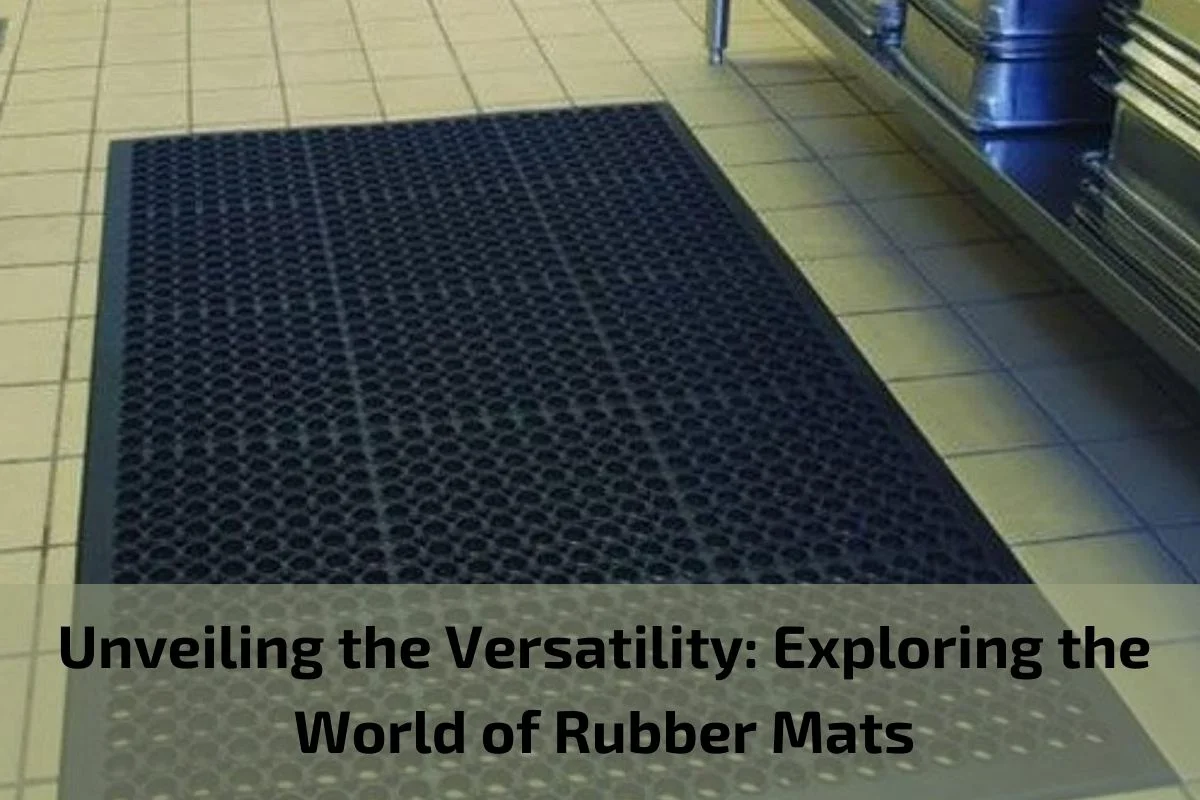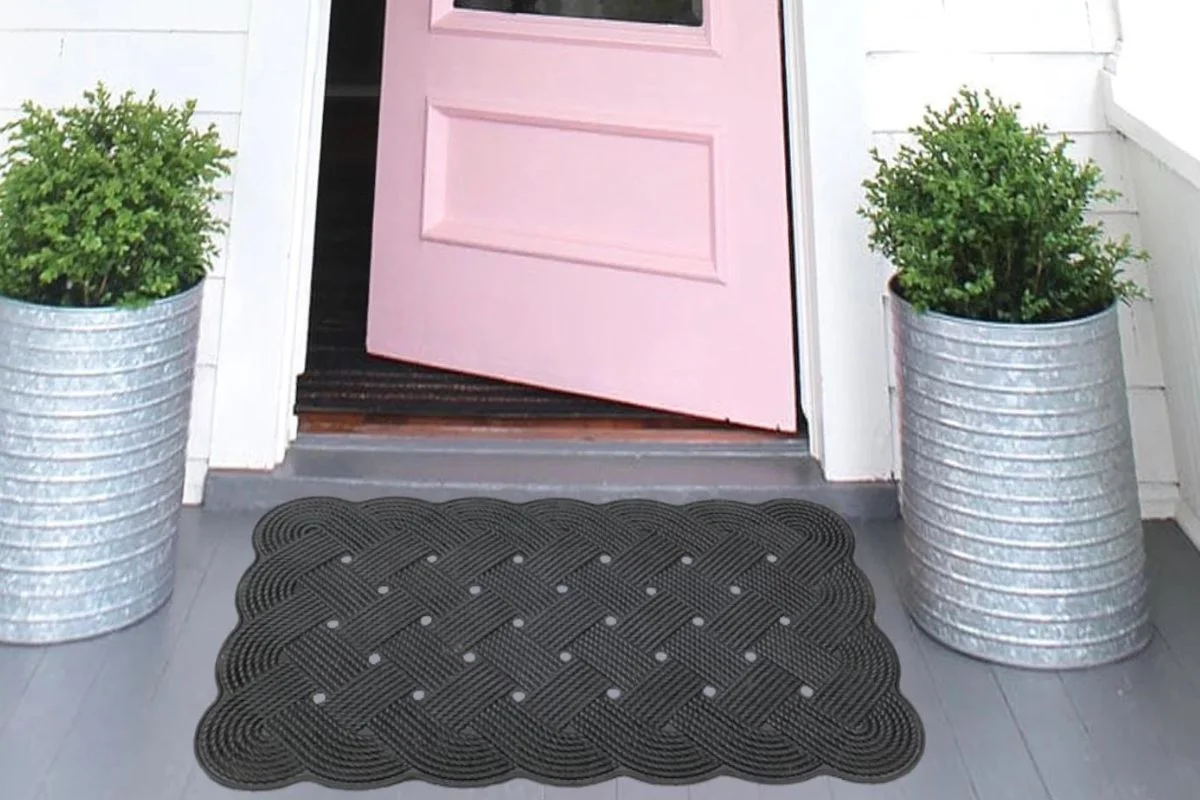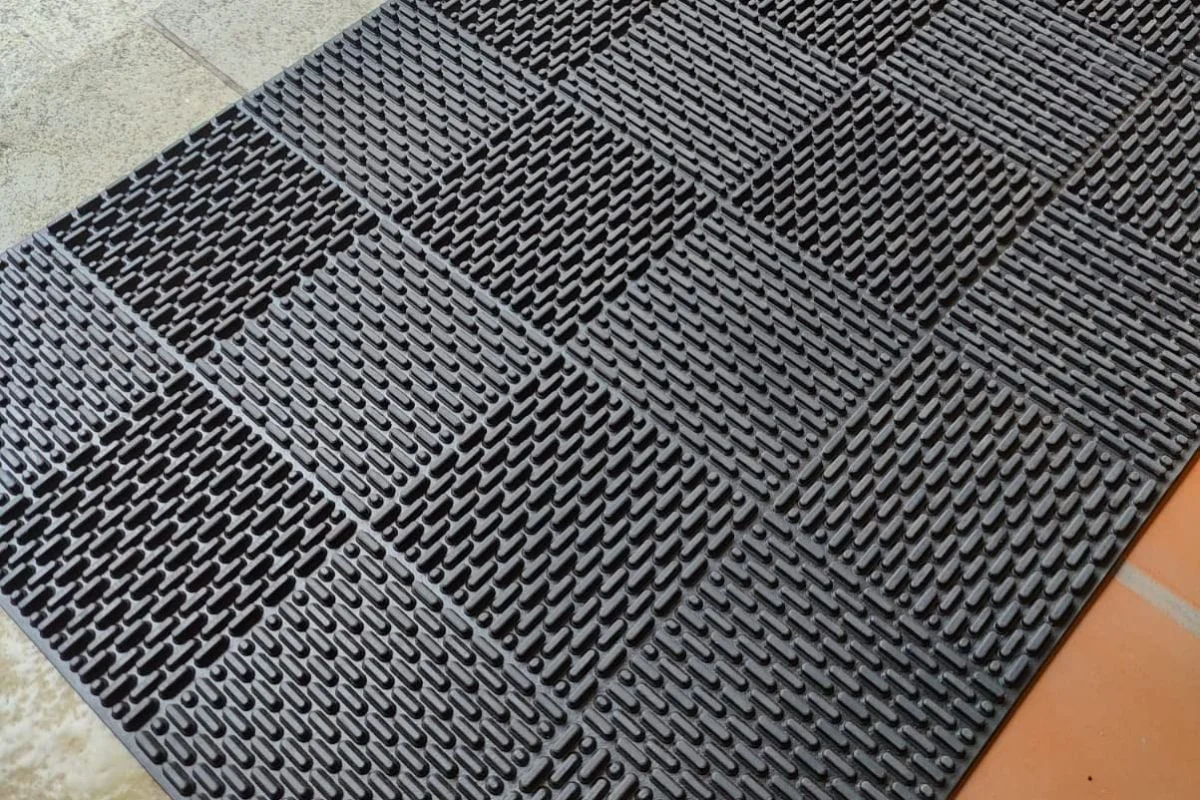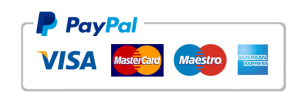Rubber mats stand as stalwart guardians, silently serving in a multitude of roles across various domains of our lives. From protecting floors to enhancing safety, from providing comfort to offering durability, the realm of rubber mats unfolds a vast landscape of possibilities. In this exploration, we embark on a journey to unravel the versatility of rubber mats and discover the myriad ways in which they enrich our daily experiences.
Rubber mats are more than just functional accessories; they are silent companions that quietly fulfill their duties in homes, businesses, industries, and recreational spaces. From the humble doormat greeting guests with a soft touch to the heavy-duty mats cushioning the steps of workers in industrial settings, rubber mats play an integral role in enhancing comfort, safety, and convenience.
Importance of Rubber Mats in Various Settings
Rubber mats play a crucial role in enhancing safety, comfort, and functionality across a wide range of settings, from residential to commercial and industrial environments. Their versatility and durability make them indispensable accessories in various applications. Here’s a closer look at the importance of rubber mats in different settings:
Residential Settings:
- In homes, rubber mats serve as protective barriers, preventing dirt, moisture, and debris from being tracked indoors.
- Door mats placed at entryways help trap dirt and absorb moisture, keeping interior floors clean and safe.
- Rubber kitchen mats provide cushioning underfoot, reducing fatigue and discomfort during food preparation and cleanup.
- Bathroom mats with anti-slip properties enhance safety by reducing the risk of slips and falls on wet surfaces.
Commercial Settings:
- In commercial spaces, rubber entrance mats create a welcoming and professional first impression for visitors and customers.
- Anti-fatigue mats in retail environments, cashier stations, and industrial workstations help reduce strain on employees who stand for extended periods.
- Safety mats with slip-resistant surfaces provide traction and stability in areas prone to spills, such as kitchens, restaurants, and food processing facilities.
- Industrial rubber mats offer protection against heavy foot traffic, equipment damage, and chemical spills in warehouses, factories, and manufacturing plants.
Healthcare Settings:
- In healthcare facilities, rubber mats contribute to infection control by providing hygienic and easy-to-clean surfaces.
- Anti-microbial rubber mats help prevent the spread of bacteria and contaminants in clinical areas, patient rooms, and surgical suites.
- Comfort mats in nursing stations and treatment rooms offer relief for healthcare professionals who spend long hours on their feet.
Recreational Settings:
- In recreational spaces such as gyms, fitness centers, and sports facilities, rubber mats provide shock absorption and impact resistance during workouts and activities.
- Playground mats create safe play areas for children, cushioning falls and reducing the risk of injuries on hard surfaces.
- Sports mats in arenas and stadiums offer support and traction for athletes, enhancing performance and reducing fatigue.
Environmental Settings:
- In outdoor environments, rubber mats offer slip resistance and traction on wet surfaces, such as pool decks, patios, and walkways.
- Agricultural rubber mats provide stable footing for livestock and protect animals from injury in barns, stables, and milking parlors.
- Drainage mats in outdoor settings help prevent water accumulation and promote proper drainage, reducing the risk of slips and falls in wet conditions.
Benefits of Rubber Mats
Rubber mats offer a multitude of benefits across various settings, making them indispensable accessories in homes, businesses, industries, and recreational facilities. From enhancing safety to providing comfort and durability, rubber mats serve as versatile solutions for a wide range of applications. Here are some key benefits of rubber mats:
Durability and Longevity:
- Rubber mats are known for their exceptional durability and resistance to wear and tear, making them ideal for high-traffic areas and heavy-duty use.
- They withstand exposure to harsh weather conditions, UV radiation, chemicals, and moisture without deteriorating or losing their structural integrity.
Slip Resistance and Safety Features:
- Rubber mats feature anti-slip surfaces that provide traction and stability, reducing the risk of slips, trips, and falls in wet or slippery conditions.
- They are designed to remain securely in place on various floor surfaces, preventing accidents and injuries in residential, commercial, and industrial settings.
Comfort and Anti-Fatigue Properties:
- Rubber mats offer cushioning and support underfoot, reducing fatigue and discomfort for individuals who stand or walk for extended periods.
- Anti-fatigue rubber mats feature ergonomic designs that promote proper posture, circulation, and joint health, enhancing productivity and well-being in workplaces and recreational spaces.
Sound Absorption and Noise Reduction:
- Rubber mats absorb impact and dampen noise, creating quieter and more comfortable environments in residential and commercial settings.
- They minimize sound transmission between floors and rooms, improving acoustics and reducing disturbances for occupants and neighbors.
Easy Maintenance and Cleaning:
- Rubber mats are low-maintenance and easy to clean, requiring minimal effort to keep them looking fresh and hygienic.
- They can be swept, vacuumed, or hosed down with water to remove dirt, debris, and spills, making them ideal for busy households and commercial spaces.
Versatility and Adaptability:
- Rubber mats come in a variety of sizes, shapes, and designs to suit different applications and preferences.
- They can be used indoors or outdoors, on flat or uneven surfaces, in dry or wet conditions, making them versatile solutions for diverse environments and requirements.
Eco-Friendly and Sustainable:
- Many rubber mats are made from recycled materials, contributing to environmental sustainability and reducing waste.
- They are manufactured using eco-friendly production methods and can be recycled at the end of their lifespan, minimizing their environmental impact.
Uses of Rubber Mats
Rubber mats serve a variety of practical purposes across different settings due to their durability, safety features, and versatility. Here are some common uses of rubber mats:
Entrance Mats:
- Rubber entrance mats are placed at doorways to trap dirt, moisture, and debris from shoes, preventing them from being tracked indoors.
- They help keep interior floors clean and safe by reducing the risk of slips and falls caused by wet or dirty surfaces.
Anti-Fatigue Mats:
- Anti-fatigue rubber mats are used in workplaces where employees stand for long periods, such as factories, assembly lines, and cashier stations.
- They provide cushioning and support underfoot, reducing fatigue, discomfort, and musculoskeletal strain associated with prolonged standing.
Safety Mats:
- Rubber safety mats feature anti-slip surfaces that provide traction and stability in areas prone to spills, such as kitchens, restaurants, and food processing facilities.
- They help prevent accidents and injuries by reducing the risk of slips, trips, and falls on wet or slippery surfaces.
Industrial Mats:
- Industrial rubber mats are used in workshops, warehouses, and manufacturing plants to protect floors from heavy equipment, machinery, and foot traffic.
- They provide a durable and resilient surface that withstands wear and tear, chemical spills, and abrasion in industrial environments.
Gym Mats:
- Rubber gym mats are used in fitness centers, gyms, and exercise studios to provide cushioning and shock absorption during workouts and activities.
- They protect floors from damage caused by heavy exercise equipment, weights, and impact from jumping and aerobic exercises.
Playground Mats:
- Rubber playground mats create safe play areas for children in parks, schools, daycare centers, and backyard playgrounds.
- They cushion falls and reduce the risk of injuries by providing a soft and impact-resistant surface under playground equipment.
Horse Stall Mats:
- Rubber horse stall mats are used in barns, stables, and equestrian facilities to provide comfortable and hygienic flooring for horses.
- They offer insulation, cushioning, and slip resistance, creating a safe and comfortable environment for horses to stand, lie down, and move around.
Anti-Vibration Mats:
- Rubber anti-vibration mats are placed under heavy machinery, equipment, and appliances to reduce noise, vibration, and impact on floors and surrounding structures.
- They help protect floors from damage and minimize disturbances caused by vibrations in residential and commercial settings.
Choosing the Right Rubber Mat
Choosing the right rubber mat involves considering various factors to ensure it meets your specific needs and requirements. Here are some key considerations to help you select the perfect rubber mat:
Purpose and Application:
- Determine the primary purpose and intended application of the rubber mat. Is it for entranceways, anti-fatigue support, industrial protection, gym flooring, or playground safety?
Durability and Material:
- Assess the durability and quality of the rubber mat material. Look for mats made from high-quality rubber compounds that offer resilience, resistance to wear and tear, and long-lasting performance.
Thickness and Density:
- Consider the thickness and density of the rubber mat, especially for anti-fatigue or industrial applications. Thicker mats provide better cushioning and support, while denser mats offer greater durability and stability.
Surface Texture and Traction:
- Evaluate the surface texture and traction of the rubber mat. Choose mats with anti-slip properties and textured surfaces to provide traction and prevent slips, especially in wet or high-traffic areas.
Size and Dimensions:
- Measure the area where the rubber mat will be placed to determine the appropriate size and dimensions. Consider custom sizing options for a perfect fit and seamless integration into your space.
Environmental Considerations:
- Consider environmental factors such as exposure to UV radiation, moisture, chemicals, and temperature fluctuations. Choose rubber mats that are UV-resistant, waterproof, chemical-resistant, and suitable for indoor or outdoor use.
Customization Options:
- Explore customization options such as color, design, branding, and logo integration. Many rubber mat manufacturers offer customization services to personalize mats according to your preferences and branding requirements.
Maintenance and Cleaning:
- Consider the ease of maintenance and cleaning for the rubber mat. Choose mats that are easy to clean, resistant to stains, and require minimal upkeep for long-term durability and hygiene.
Budget and Cost:
- Establish a budget for your rubber mat purchase and compare prices from different suppliers. While price is important, prioritize quality and performance to ensure you get the best value for your investment.
Reviews and Recommendations:
- Research product reviews, customer feedback, and recommendations from reputable sources or trusted professionals. Hearing from others who have used the rubber mats can provide valuable insights and help inform your decision.
Installation and Maintenance Tips for Rubber Mats
Proper installation and regular maintenance are essential to ensure the longevity, performance, and appearance of rubber mats. Here are some tips for installing and maintaining rubber mats:
Installation Tips:
Clean the Surface: Before installing rubber mats, ensure that the surface area is clean, dry, and free of debris. Remove any dust, dirt, or moisture that may affect the adhesion or stability of the mats.
Measure and Cut: Measure the area where the rubber mats will be installed and cut the mats to fit accordingly. Use a sharp utility knife or scissors to achieve clean and precise cuts.
Allow for Expansion: Leave a small gap (approximately 1/4 inch) between the edges of the rubber mats and adjacent surfaces to allow for expansion and contraction due to temperature changes.
Use Adhesive (if necessary): For permanent installations or areas with heavy foot traffic, consider using adhesive or double-sided tape to secure the rubber mats in place. Follow manufacturer instructions for proper application and drying times.
Interlock Mats (if applicable): If installing interlocking rubber mats, ensure that the interlocking edges align properly and securely connect to create a seamless and stable surface.
Maintenance Tips:
Regular Cleaning: Regularly clean rubber mats to remove dirt, debris, and spills that accumulate over time. Use a broom, vacuum cleaner, or hose to sweep or wash away surface contaminants.
Use Mild Detergent: For deeper cleaning, use a mild detergent or soap solution diluted in water to gently scrub the surface of the rubber mats. Avoid using harsh chemicals or abrasive cleaners that may damage the rubber material.
Rinse Thoroughly: After cleaning, rinse the rubber mats thoroughly with clean water to remove any soap residue or cleaning solution. Ensure that the mats are completely dry before placing them back in place.
Dry Mats Properly: Allow rubber mats to air dry completely in a well-ventilated area before reinstallation. Avoid placing wet mats in direct sunlight or near heat sources, as excessive heat may cause the rubber to warp or deteriorate.
Prevent Mold and Mildew: To prevent mold and mildew growth, ensure that rubber mats are kept clean, dry, and properly ventilated. Store mats in a dry area when not in use and avoid prolonged exposure to moisture or humidity.
Inspect Regularly: Periodically inspect rubber mats for signs of wear, damage, or deterioration. Replace any damaged or worn-out mats to maintain safety and functionality.
Conclusion
In conclusion, rubber mats stand as versatile and indispensable accessories that enhance safety, comfort, and functionality across a wide range of environments. From residential homes to commercial spaces, industrial facilities, and recreational areas, rubber mats play a crucial role in providing durable and reliable solutions for various applications.







